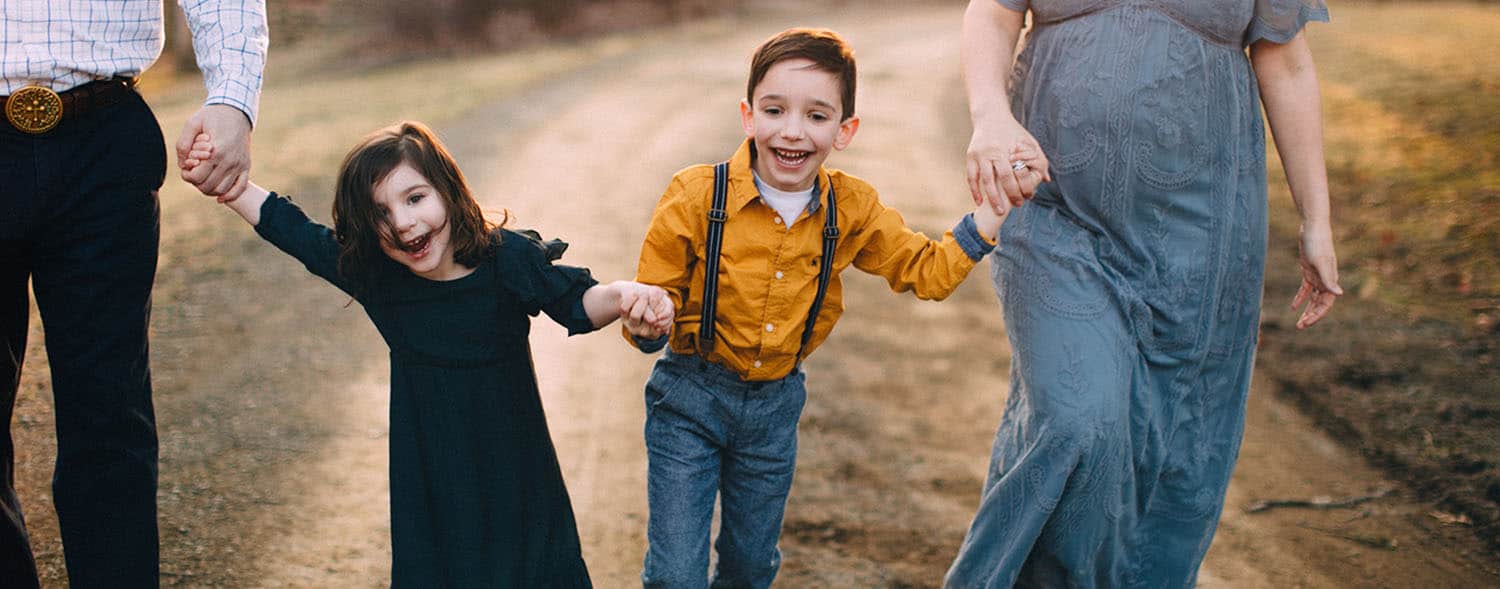
“What should I charge? Can I make a living doing what I love?” These photography pricing tips will answer your questions!
Let’s talk photography pricing!
No matter how skilled we are with our cameras, photographers everywhere agree with one thing: photography pricing is complicated.
We reached out to Kristy Dickerson, an expert entrepreneur who developed her thriving photography business into a full-time career as a motivational speaker and CEO of START brands. And we asked her to:
Get real about the biggest challenge for photographers…
SHOOTPROOF: What aspect of business do you see photographers struggle with the most?
KRISTY: The biggest challenge in running a photography business is pricing. I know so many photographers who are having a really hard time running a profitable small business.
“I asked my Facebook community what their number one struggle is, and pricing is what I heard over and over.”
For example:
- “I have been photographing for several years, but I can’t seem to make any money.”
- “Figuring out my photography pricing and marketing really overwhelm me.”
- “I can’t seem to find my ideal clients.”
- “How do I know what my hourly rate should be?”

Turnquist Collective
What to do when you’re struggling with pricing
SP: What do you say to photographers who are struggling with their pricing? Especially when they have great work; their photographs clearly aren’t the problem!
Get clients. Get paid. Get happy.
KRISTY: Everyone’s photography pricing will be different depending on their location, genre, scaleability, etc. Also, a person making their booking decision solely on price is NOT your ideal client. You have to structure your business to have a few key competitive advantages in your market.
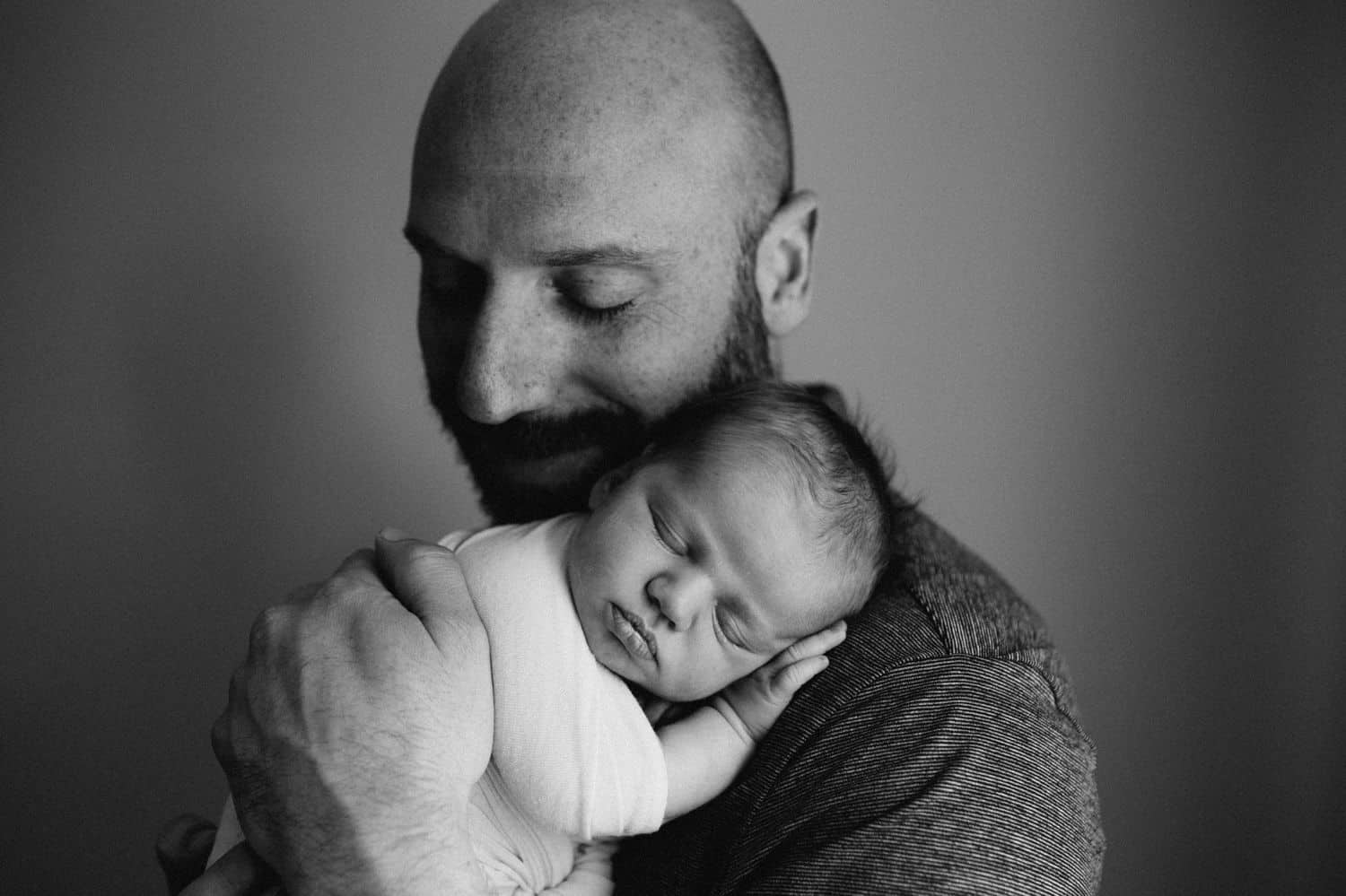
Turnquist Collective
#ShootProofPRO Tip: What’s a “competitive advantage?”
Your competitive advantage is something your competitors don’t have. This can be a unique product or service, your outstanding brand voice, or your specialty style.
See how photographer Olli Sansom developed his competitive advantage!
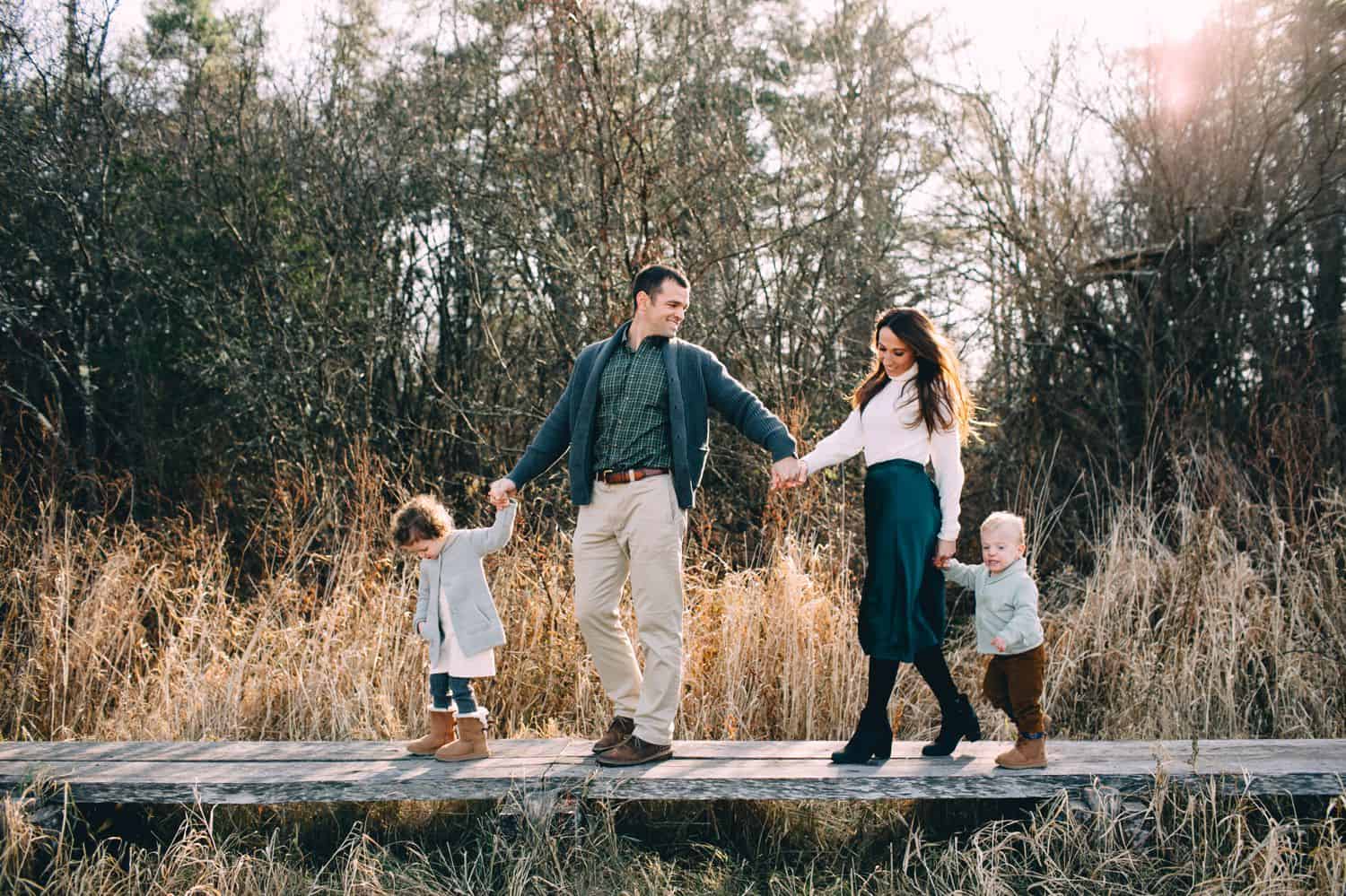
Turnquist Collective
SP: What about all the new photographers who show up offering really cheap sessions? Aren’t they to blame?
KRISTY: There is a myth that this flood of new photographers is hurting our industry and our businesses. I say NO. The only person who can hurt your business is you.
“There will always be cheaper options for any product or service. Photographers who try to price-compete are spinning their wheels, and I guarantee that they are not running a profitable photography business.
“They will never be able to take their photography businesses full-time, and they may even give up completely.”
Potential clients sometimes think “Uncle Bob” could do their wedding photography or take that quick family photo. I mean, a camera is a camera, right?
But for wedding photographers or portrait photographers, if your option is to either lose the client or reduce your rates, I say: let Uncle Bob take the photos. That customer will quickly see the difference.

Turnquist Collective
#ShootProofPRO Tip: Your target market should define your prices…
…NOT the other way around!
Begin to identify your ideal clientele by establishing strong communication skills, a brand-savvy website, and a healthy creative community who can help you fine-tune your pricing strategies.

Turnquist Collective
SP: Many photographers feel like folks just don’t care. They get bad photos from “Uncle Bob,” and they’re totally fine with them.
KRISTY: It’s true. People allocate funds to what they feel is important.
See how to earn money with ShootProof
Photography is not important to everyone—and that’s okay.
Vacations, clothing, home decor… these are all luxuries to which people allocate their disposable income. You want clients who believe photography is important, and that an investment in quality photography is important.

Turnquist Collective
How to feel confident in your photography pricing
SP: Well, what about photographers who say, “Oh, I can’t charge that much. That price point is too high!”
KRISTY: When you’re running a business, you have to separate yourself from your business. This is not always easy! I sometimes have a hard time separating myself from my own brand.
If it was up to me. I would charge nothing and just walk around taking pictures for free! But my business couldn’t sustain itself that way, could it?
When you’re setting your prices, you can’t think about what you can afford. You have to think about what your target market is willing to invest plus what you have to earn to survive and thrive.
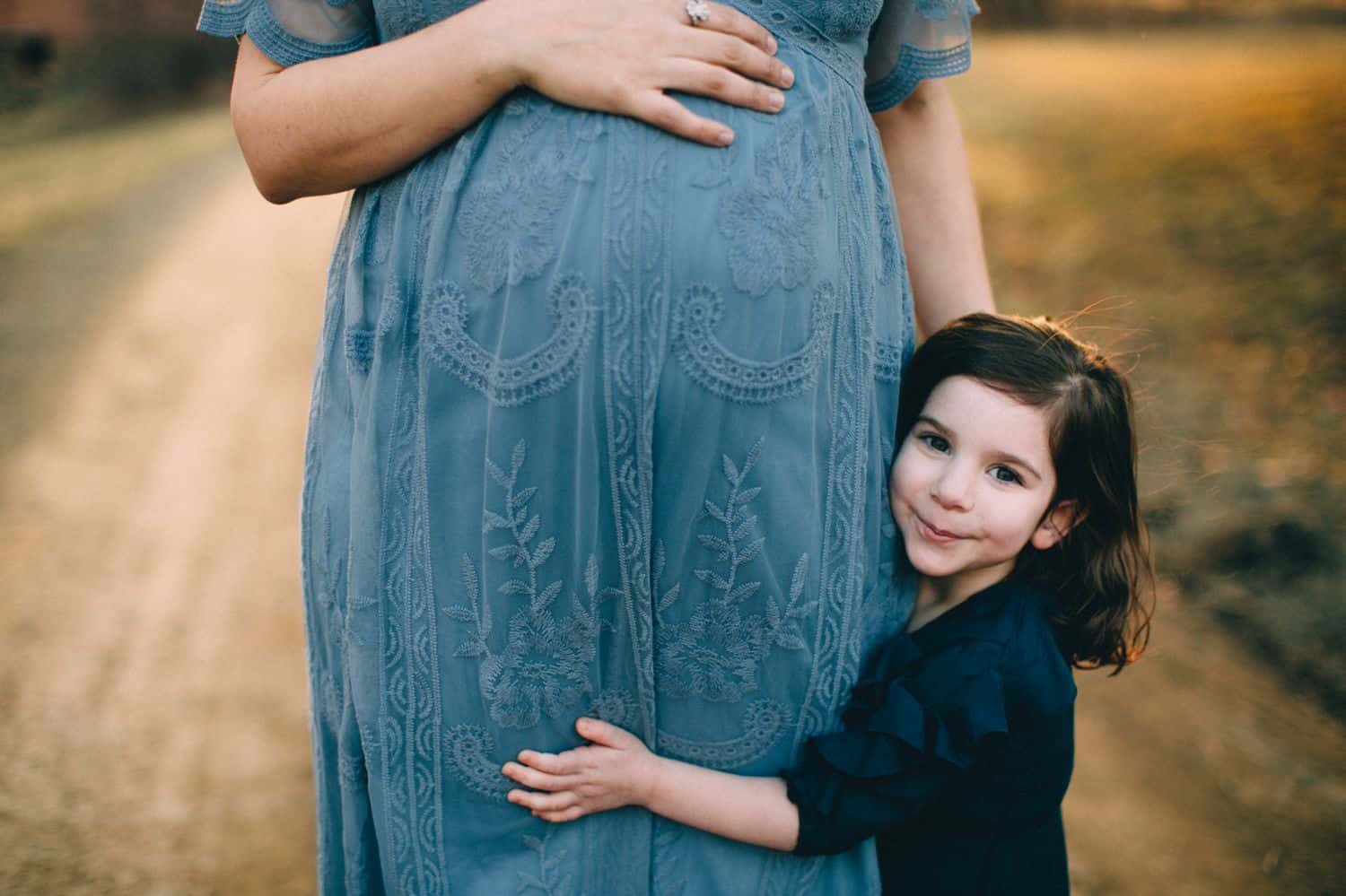
Turnquist Collective
SP: So how do you know that those cheap photographers aren’t thriving?
KRISTY: I recently saw a flyer advertising, Mini Sessions, All Images, 20 Minutes, $80. My first thought was, “That photographer’s rates are going to kill me!”
But here’s the thing: this photographer was NOT in the same market as me.
Empower your clients with gorgeous galleries.
Out of curiosity, I went to that photographer’s Facebook page; they didn’t have a website. I could tell they were shooting with a consumer-level camera—still learning and growing. There was no way could they were running an actual business: filing taxes, paying for insurance, investing in the latest editing software, etc.
Honestly, I wanted to email that person and give them a free coaching session!
“I want to help move the photo industry forward. My goal is for you to be able to do what you love with people who value your work, and still be present for the most important things in your life.”
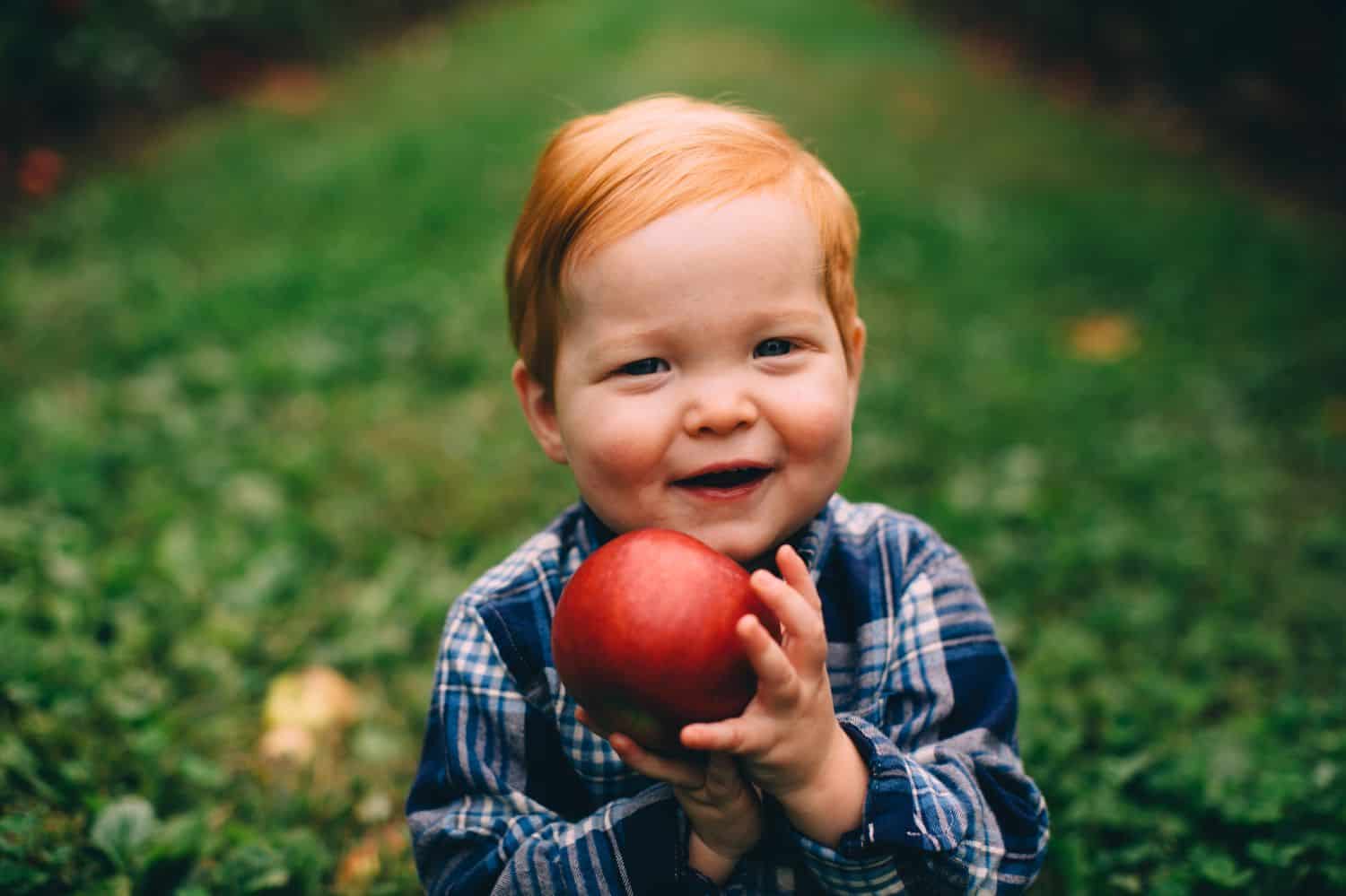
Turnquist Collective
SP: Okay, we get it. If you’re not charging enough, you can’t sustain your business. But how does a photographer get from the “learning-and-growing” stage to the “sustainable business” stage?
KRISTY: Consider this: I shot my first wedding for $500, which included all-day coverage and the rights to all the digital files. And my first photography website was hideous—I mean, why didn’t anyone tell me it was ugly?!
What I’m saying is: we ALL start with the figurative $80 mini session and no idea of how to pay taxes.
But let’s talk about how we move from spinning our wheels to running a successful small business because that is the goal. Taking a passion and turning it into a career is the goal.

Turnquist Collective
KRISTY: I’m going to break down the cost of a mini session as an example.
First of all, from your client’s perspective, a mini session has to have value. So let’s say your regular session fee is $200/hour, and you charge $65 per digital download.
If you offer a 20 minute mini session with 15 digital downloads for $425, that’s actually a huge value for your clients!
They’re getting 1/3 of the time of a full session (valued at $66.67), plus 15 digital images (valued at $975), making the retail value of a mini session $1042!
You can offer mini sessions at this reduced price, however, because you’ve booked back-to-back sessions at one location.

Turnquist Collective
How do you make sure you’re profitable?
SP: Okay, so what do you actually profit from this hypothetical $425 mini session?
KRISTY: Let’s break it down.
- ($140.25) – Say goodbye to a third for taxes.
- ($25) – Account for this shoot’s hard costs (fuel, props, assistant, ShootProof, etc.)
- ($60) – Remember: you have to pay yourself! You’ll invest at least two to three hours of work per mini session between booking, emailing, shooting, editing, and delivery. In this example, let’s allocate $20/hour for your own compensation.
“This is a step most people skip when running their numbers. Photographers forget to pay themselves!”
Now you have $199.75 in potential profit for your photography business.
But wait: you have to allocate funds to marketing, equipment, insurance, software, website and email hosting, your phone… (Of course, these expenses are fixed expenses, so their costs are distributed over all the sessions you do throughout the year.)
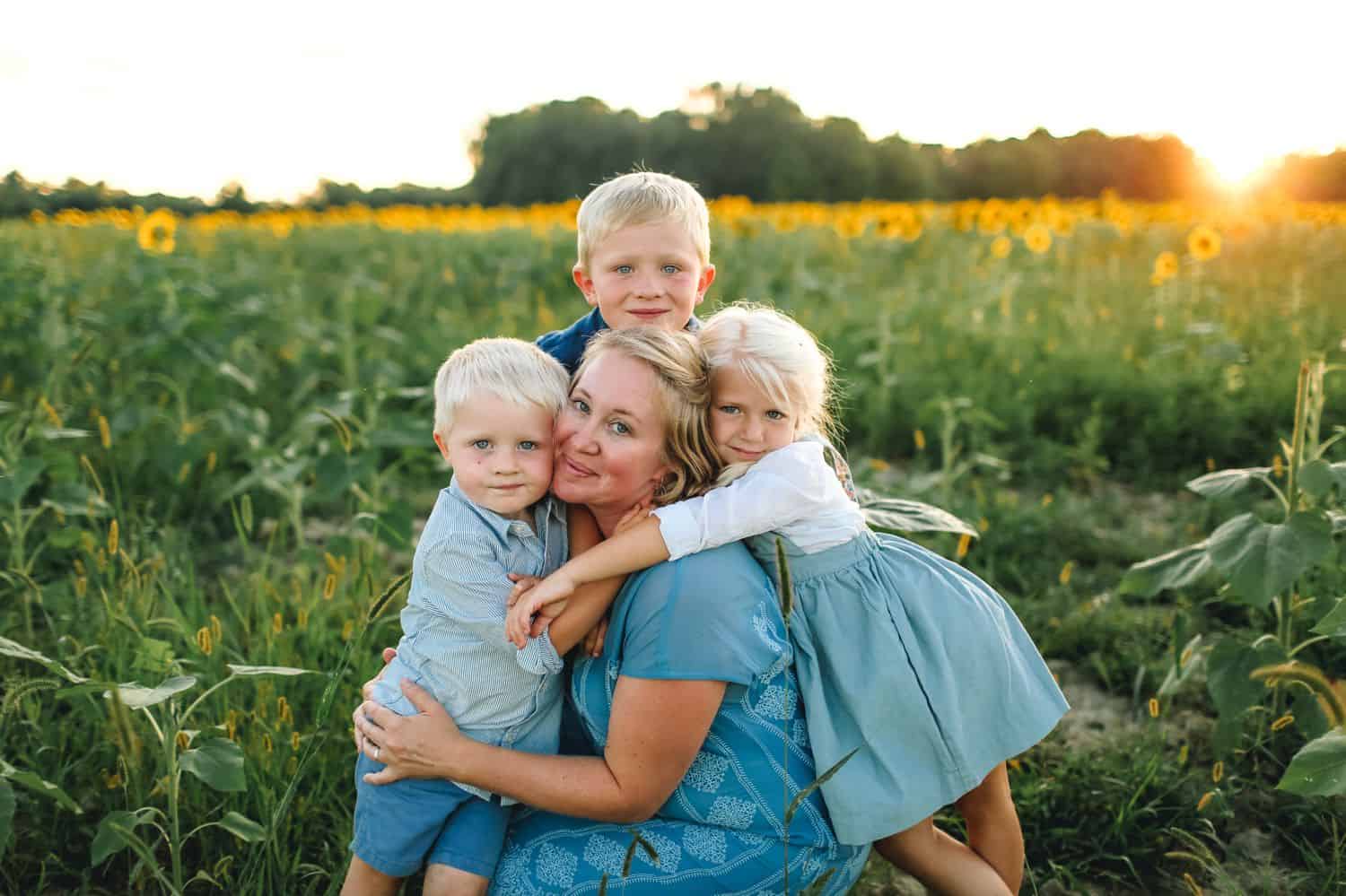
Turnquist Collective
#ShootProofPRO Tip: Speaking of Insurance…
Kristy recommends Hill & Usher for both liability and equipment insurance. “Insurance is something I think EVERY photographer should have before accepting money for photography services,” she says. We couldn’t agree more!
Calculating your fixed expenses as a photographer
SP: Wait—how does a professional photographer calculate their fixed expenses?
KRISTY: Here are some examples of my own fixed expenses:
- Canon 5D Mark III – $3399
- 24-70 f/2.8 II Lens – $2299
- 85 f/1.2 Lens – $2199
- 35 f/1.4 Lens – $1479
- 50 f/1.2 Lens – $1619
- Insurance (per year) – $600
- Software (per year) – $300
- Hosting, Licenses, etc. (per year) – $700
TOTAL: $12,595
Now, let’s say that you plan to photograph 75 mini sessions this year (which is a LOT!) If you were to purchase and pay for all of the above business expenses during a single calendar year, you’d need to deduct an additional $167.93 from each of those 75 mini sessions.

Turnquist Collective
KRISTI: I know most photographers do not acquire this much gear in one year, so this allocation could be greatly reduced (though you should always be saving for gear replacement and repair.) But we haven’t even discussed:
- education and training expenses
- travel costs
- hiring a branding strategist and designer
- marketing and advertising costs
“Even without these unaddressed expenses, we now have $31.82 remaining from our $425 mini session.Your business has made a PROFIT of only $31.82 per session. And that’s just not sustainable in the long run.”

Turnquist Collective
SP: Numbers like these are probably overwhelming to a lot of photographers. Can you share anything, well, hopeful?
KRISTY: Being a profitable photographer is not easy. But you can do it!
Gear is expensive, time is limited, and training is not cheap. My example photographer will have to adjust her pricing if she plans on growing her business.
The most important move you can make is to learn to be a business person. If someone said to me, “I want to be a photographer when I grow up,” I would advise them to get their degree in business—not photography.

Turnquist Collective
#ShootProofPRO Tip: Stay focused
Photography is an art form, but your business is a business. Take responsibility for learning how to brand, market, price your photography, and grow your business. If you plan to retire one day, you’ll be glad you took the time to build a healthy, sustainable business.
When to increase your pricing as a photographer
SP: How do you know when it’s time to increase your photography pricing?
KRISTY: Over time, I honed my price list due to the simple reality of supply and demand. As demand went up, I moved to a higher price.
Eventually, I reached the point where I wasn’t adjusting my prices by much. However, I still made sure I was running a profitable business by always exceeding my client’s expectations.
This process didn’t happen overnight. It required a lot of time spent learning and growing as a photographer, acquiring gear, establishing my business workflows, and (most importantly) investing in my own brand and marketing.
Seriously: YOU CAN DO IT!
Start your free trial with ShootProof
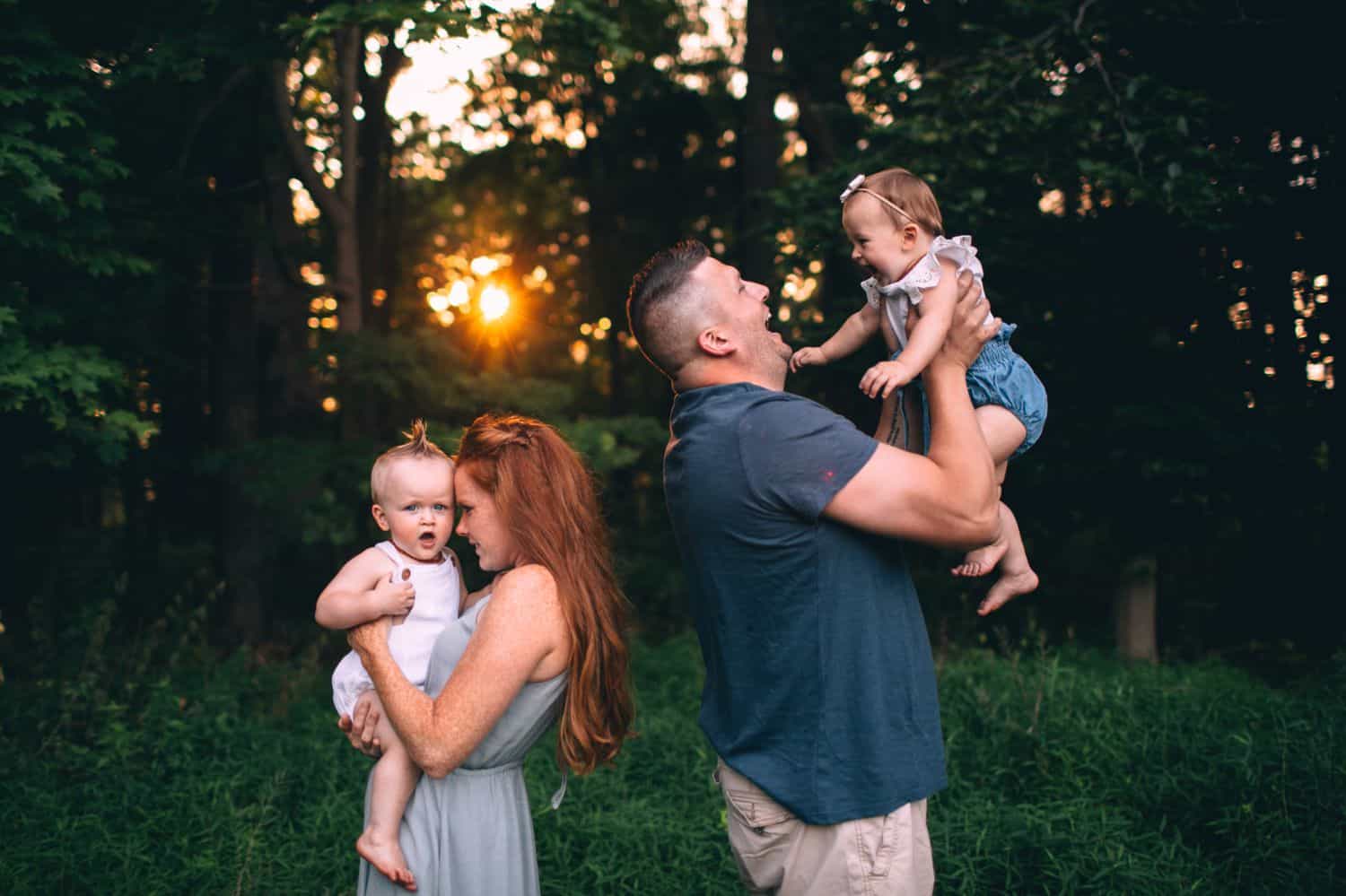
Turnquist Collective
Written by KRISTI KVENILD and ANNE SIMONE | Featuring KRISTY DICKERSON | Photographs by TURNQUIST COLLECTIVE



Great article! Lots of information. How can I apply for a coaching session? 😁